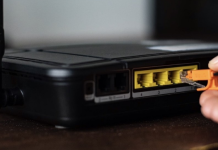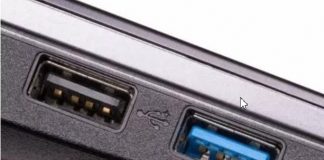The new USB4 standard and the first compatible devices will hit the market in the coming months. Some useful information to avoid confusion between the various standards.
The USB Implementers Forum ( USB-IF ), a body that deals with the development and management of the new USB standards subsequently implemented by the industry, published in September 2019 the latest revision of USB4 (or USB 4.0).
The first devices compatible with the new standard, which is a precursor of several innovations, will arrive on the market during 2020: it is, therefore, interesting to evaluate right now what innovations USB 4 will introduce in the various devices compared to the current USB 3.0, USB 3.1 and USB 3.2.
The main novelties of USB4 (or USB 4.0): new confusion promises to be
The use of the Thunderbolt interface by hardware manufacturers has until now been subject to royalties to be paid to Intel-Apple, “the duo” who designed and invested in this technology. As explained in the article What is the difference between USB-C and Thunderbolt 3, Thunderbolt 3 is currently the fastest interface “on the market,” allowing you to transfer up to 40 Gbps in both directions and offering unparalleled versatility.
The technology behind Thunderbolt 3, however, is now made available to everyone (donated to USB-IF by Intel), no longer requiring the payment of any royalty. Finally, therefore, with USB4, it will be possible to transfer data up to 40 Gbps even if compatibility with Thunderbolt 3 will be optional: we will see devices that are compatible and others that are not at all.
To transfer data up to 40 Gbps with USB4, you have to use special cables with different channels and video data to add the usable bandwidth and effectively engageable.
Therefore, not all cables will be compatible: some will allow for 40 Gbps, others to 20 Gbps, still others to 10 Gbps . The 10 Gbps should still be the lower limit, equal to that of the USB 3.1 Gen.2 standard. The downside is that the cables will not display a universally approved logo to indicate the achievable performance: therefore, the technical specifications must be carefully checked.
As is already the case with current USB standards, not all USB4 devices will still allow 40 Gbps to be reached: the controller and hardware components will significantly affect performance.
USB Type-C connector: backward compatibility and fast charging
The reversible USB-C connector is now known to all: USB4 will use this connector, making things, fortunately, much easier for both manufacturers and end-users.
Backward compatibility with almost all previous standards will also be ensured, including USB 3.2, USB 3.0, USB 2.0, and Thunderbolt 3, although – as we said earlier – adopting the latter will be considered optional. Compatibility with USB 1.0 will no longer be guaranteed, although it is true that this standard is now extinct.
The good news is that while some USB-C USB 3.2 devices already support USB Power Delivery specifications for fast charging, all USB4 cables and devices will need to comply with those specifications... A great advantage for users with smartphones, tablets, notebooks, and 2-in-1 convertibles who will be able to quickly recharge their batteries with a power of up to 100W.
USB4 will also allow you to connect multiple devices simultaneously to the same port without affecting power, latency, or speed.
An example: if a monitor and an external SSD are connected to the same USB-C port, in case the monitor requires 3 Gbps of bandwidth, the rest of the devices will be able to use all the remaining available bandwidth.
USB4 differs from Thunderbolt 3 in several respects: While it still uses USB-C connectors and allows hosts to pass DisplayPort signals, alternate PCIe packet pass-through is optional; moreover, while with Thunderbolt 3, many devices can be connected in a long chain ( daisy chain ), with USB 4 you will always be linked to the well-known tree structure that has distinguished any USB hub since the dawn of time.
The USB-C connector, we said, supports a wide variety of protocols that allow you to connect interfaces such as HDMI, DisplayPort, and even the VGA analog video port. USB4 will bring further improvements in this respect. The VESA consortium recently announced DisplayPort Alt Mode 2.0, a new interface that will allow you to transfer video signals with a resolution of up to 16K (and refresh rate of 60 Hz) using a USB4 connection (you can use up to 77.4 Gbps of bandwidth).
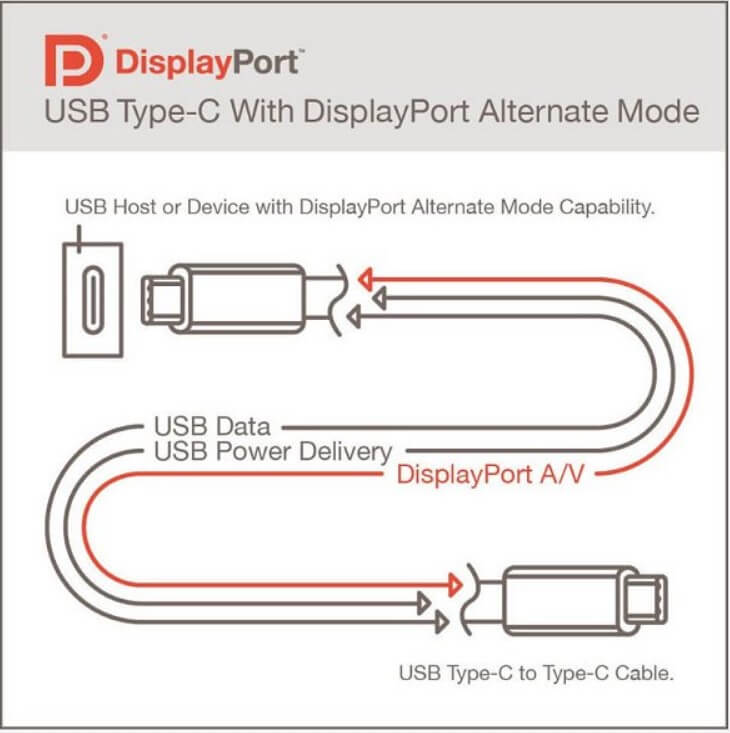
DisplayPort Alt Mode 2.0 will also support 8K monitors and offer improved augmented and virtual reality applications. For example, the specification should be able to allow simultaneous management of content on three monitors with 4K resolution at 144 Hz and HDR support.
Considering that USB4 was announced in September 2019, many speculated that the first compatible devices could be presented by mid-2020.
In reality, we will have to wait until 2021 to participate in the USB4 interface by a good number of manufacturers.
By the end of 2020, the first AMD processors based on Zen 3 architecture should debut, supporting USB4.
Beware of the confusing terminology: how not to lose the compass.
Connections that offer the maximum performance of USB 3.0 (5 Gbps) will be referred to simply as “Gen 1”, the 10 Gbps of USB 3.1 “Gen 2”, the 20 Gbps of USB 3.2 “Gen 2×2″ while the 40 Gbps of USB4 ” Gen 3×2 ” .
Note that USB 3.0 and USB 3.1 Gen.1 are the same. Not only. When reading USB 3.2 Gen 1, you will always face a 5 Gbps USB 3.0 connection.
Despite the criticisms received, USB-IF preferred to continue with the same confusing denomination: our suggestion is to focus only on the abbreviations “Gen 1” (5 Gbps), “Gen 2” (10 Gbps), “Gen 2×2” ( 20 Gbps) and “Gen 3×2.”
It must be said that, finally, the logos presented by USB-IF make sense and help users understand the maximum speed guaranteed by the connection in use.
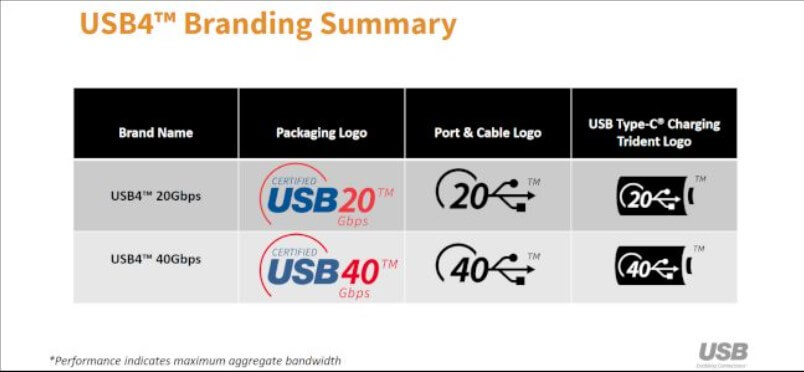
As you can see, the USB4 20 Gbps and USB4 40 Gbps logos allow you to understand at a glance the potential of the USB4 connection used.
Previous USB standards have themselves been partially overhauled about graphics choices. The spokespersons of USB-IF have, for example, specified that SuperSpeed 5Gbps USB connections will simply be indicated with the entries 5Gbps or 5 to confirm the maximum achievable speed.
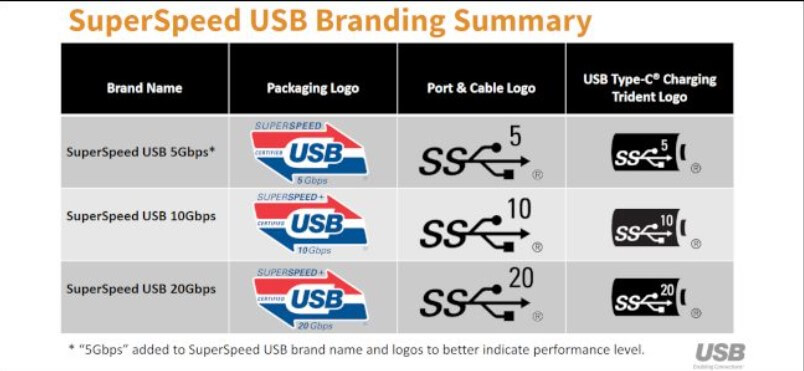
USB-IF also confirmed that names such as SuperSpeed are now obsolete. This term will remain connected to USB 3 and will no longer be used as a label in USB4 and future USB standards.
What about Thunderbolt 4? Will it be better than USB4?
Meanwhile, Intel has announced the upcoming arrival of Thunderbolt 4 (along with the Tiger Lake that will debut by the end of 2020 and will directly support the new iteration of Thunderbolt technology).
Unlike initial reports, Thunderbolt 4 will not double the maximum bandwidth offered by both Thunderbolt 3 and USB4 but will remain at 40 Gbps.
It, therefore, appears that Thunderbolt 4 can focus on adding new features. On the other hand, on the occasion of CES 2020, Sarah Kane (Intel) declared that Thunderbolt 4 “will standardize the requirements on the PC platform and add the latest innovations ” without specifying what they may be.

A tech-savvy writer with a knack for finding the latest technology in the market, this is what describes John Carter. With more than 8 years of experience as a journalist, John graduated as an engineer and ventured soon into the world of online journalism. His interest includes gadget reviews, decoding OS errors, hunting information on the latest technology, and so on.


